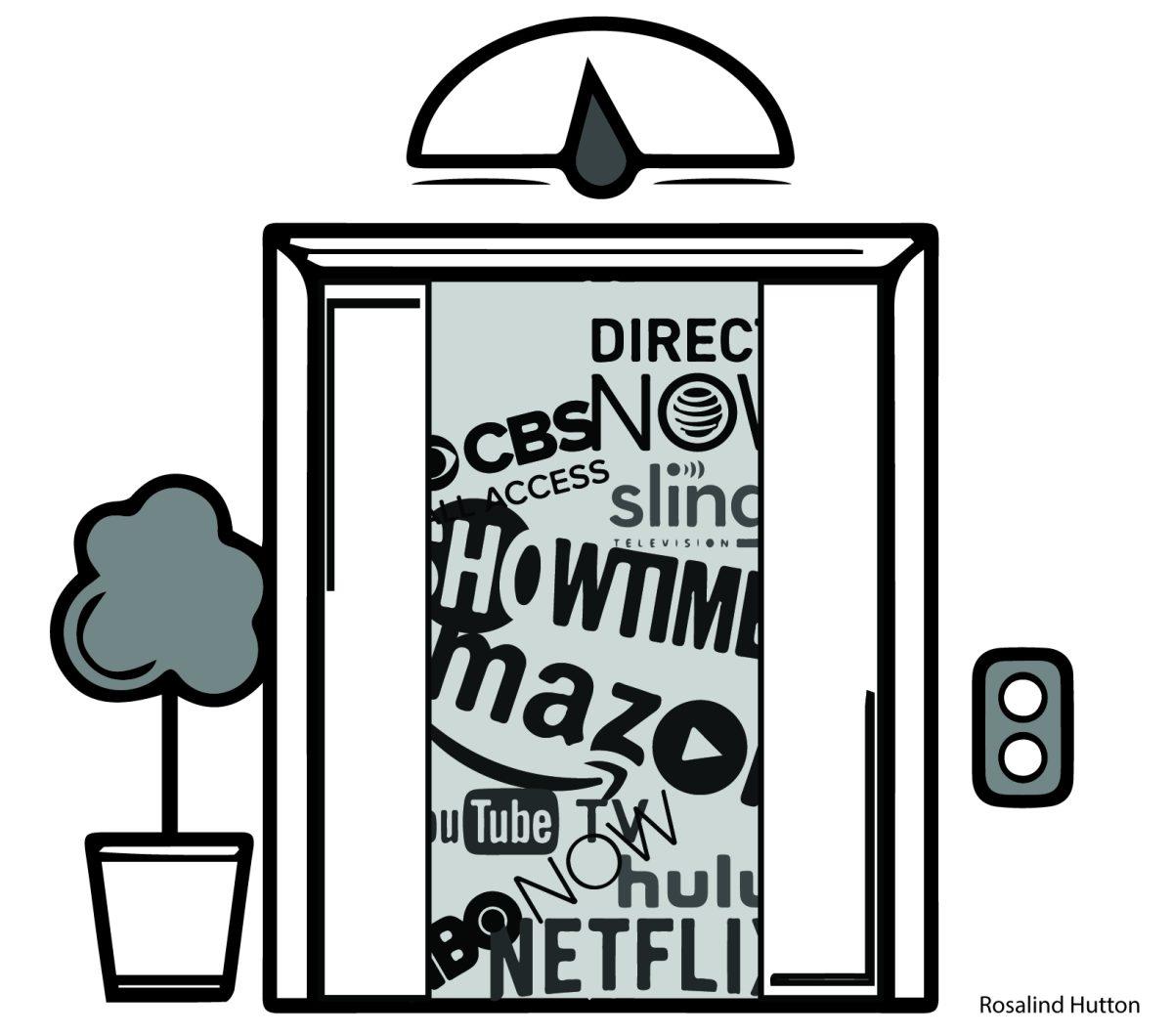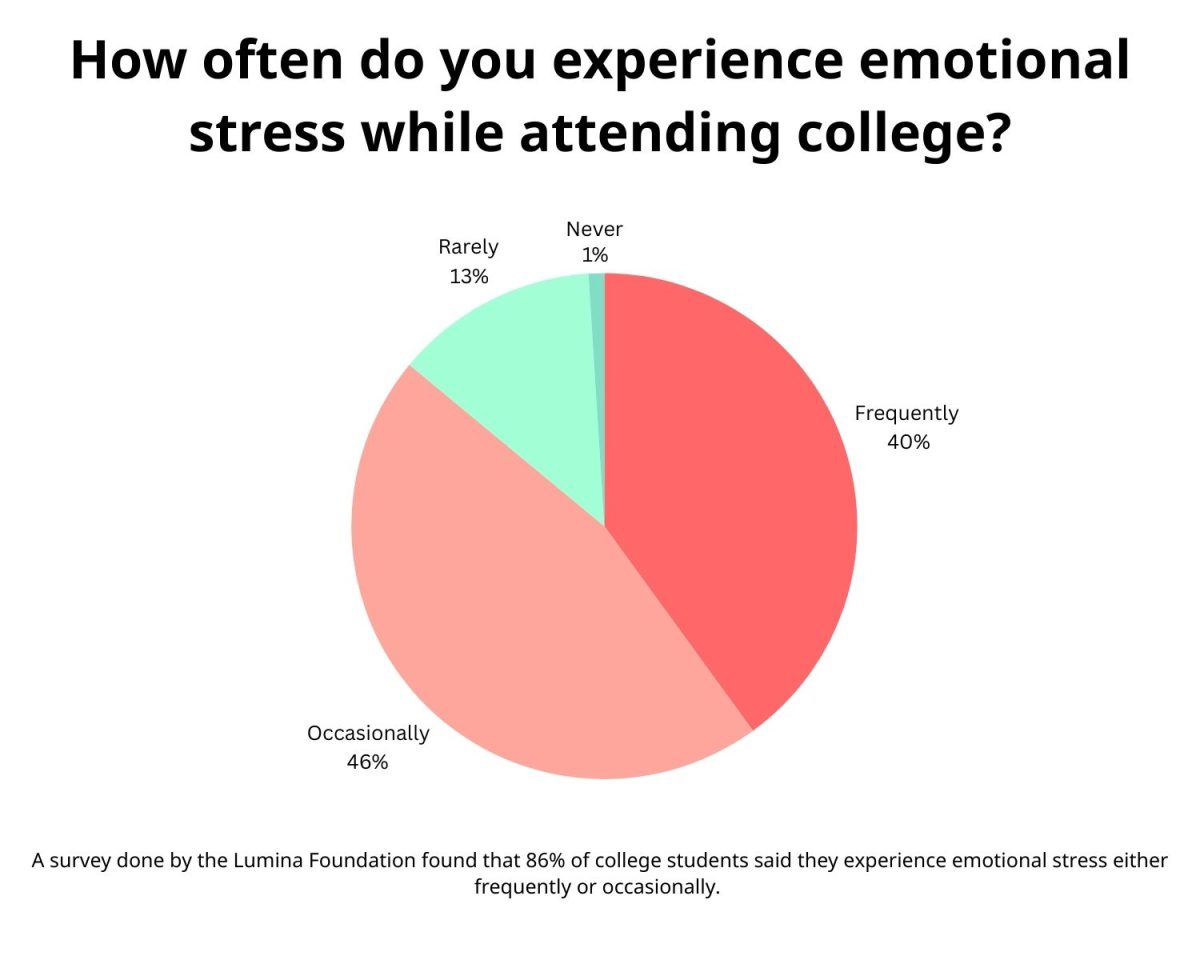Each generation yields new and promising innovations. From the wheel to Netflix, mankind has truly planted its foot in the digital age. From this point, we can only continue to advance. A recent innovation, video streaming, has become extremely popular within the last couple of decades. Netflix, one of the first video streaming services, introduced us to how convenient it is for movies and television shows to be together on one website. Countless streaming services have been created since then, and they are each being pitted against one another.
Recently, Disney launched a new video streaming service, and Disney fans can now binge-watch the golden ages of their childhoods. With a $6.99-per-month subscription, the Disney Plus video streaming app provides easy access to everyone’s favorite Disney classics. The recent hype surrounding the new Disney streaming service has made me more aware of the number of streaming services many people will now be paying for. I do not mean to rain on the Disney Plus parade, but while all the hype surrounding the new streaming service sounds great, I think we should be wary of all the tricks and gimmicks of the video-streaming market.
I love “The Little Mermaid” and “Toy Story” as much as the next guy but think about all the other video streaming services, such as Netflix, Hulu, Amazon Prime Video, Apple TV and more, that people pay for. According to tech journalist James Wilcox of Consumer Reports, video-only Amazon Prime subscription costs $9 a month. It costs $5 a month for Apple TV and $5 a month for ESPN Plus. Without advertisements, Hulu costs $6 a month. Netflix costs $9 a month, with high screen definition upgrades for $7 more. Now, throw Disney Plus on top of the multiple streaming services people are willing to pay for.
Each platform differs just enough from the other that people are willing to subscribe to multiple. Statista states that, in 2018, Netflix and Hulu place in second and third, respectively, for most-used video streaming services. Considering many people who actively utilize video streaming content typically pay for multiple different streaming services, bills for these services add up. If someone only subscribed to Netflix and Hulu at the lowest available prices, the cost to Netflix-and-chill and Hulu-and-hang with ads would cost up to $180 a year.
Ashley Rodriguez of Quartz says since Netflix’s release in 2010, Netflix users in 2019 pay $1 to $8 more than the initial monthly subscription price. New features and attractive upgrades compromise users’ bank accounts. Many users are more willing to cash out an extra $8 for better service. With Disney Plus on the rise, it is not unreasonable to believe that their fairly priced $6.99 a month price will rise once their financial platform solidifies from more consumers subscribing to their service.
Disney Plus has also pitted itself against Netflix by creating bundle discounts that include ESPN Plus and Hulu for $12.99 a month. On top of all the deals Disney Plus offers, they will be removing all Disney movies and television shows from Netflix at the end of 2019. This entices people to either drop Netflix or pay more money to maintain both subscriptions.
Fewer people tend to watch live television now than they have before. Many watch shows and movies through their video streaming service. There has been a shift in trends away from live television to video streaming. Users pay for all the same shows and channels that live television provides because video streaming services are more convenient. There is also the bonus of unlimited streaming, something live television is unable to do.
Disney Plus and Netflix aside, video streaming services are almost too far gone. Not only do their entertainment services persuade people to happily empty their wallets for shows and movies that hinder our productivity, but video streaming services have also become an emotional crutch for many. It creeps into our daily routines and becomes a go-to if we need any emotional comfort or a distraction from reality.
In order to appease our video streaming addictions, companies should find common ground. They should stream all our favorite shows and movies through one service, or cable television should make live-streaming available in the same ways Netflix, Disney Plus and others have. With more companies branching off into their own video streaming platforms, it is unlikely they will concede. Until all streaming companies merge into a single, unified platform or television becomes more innovated, we will have to continue splitting our money off into independent companies for slightly different video streaming services.
Categories:
Do not cross the streams or the streaming services
About the Contributor

Riley Stephens, Former Opinion Editor
Riley Stephens served as the Opinion Editor from 2020 to 2021.
0
Donate to The Reflector
Your donation will support the student journalists of Mississippi State University. Your contribution will allow us to purchase equipment and cover our annual website hosting costs.
More to Discover







